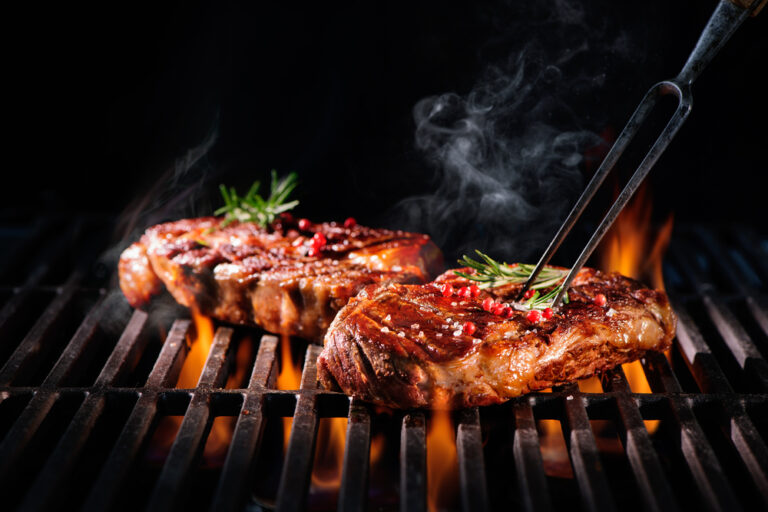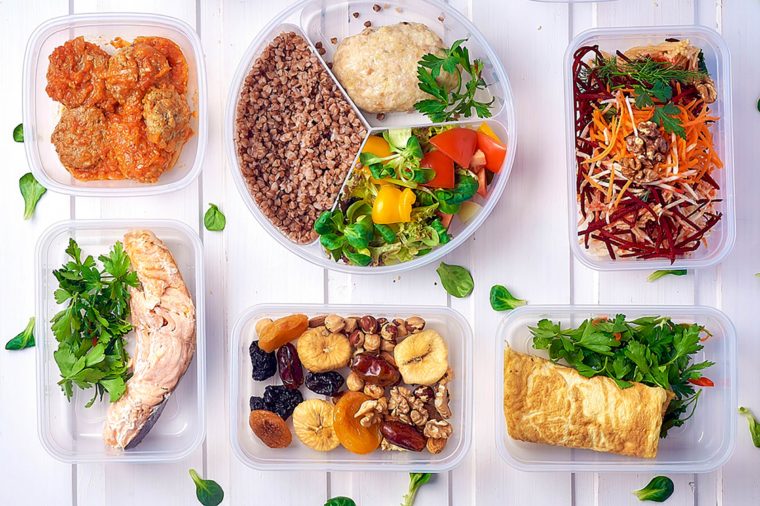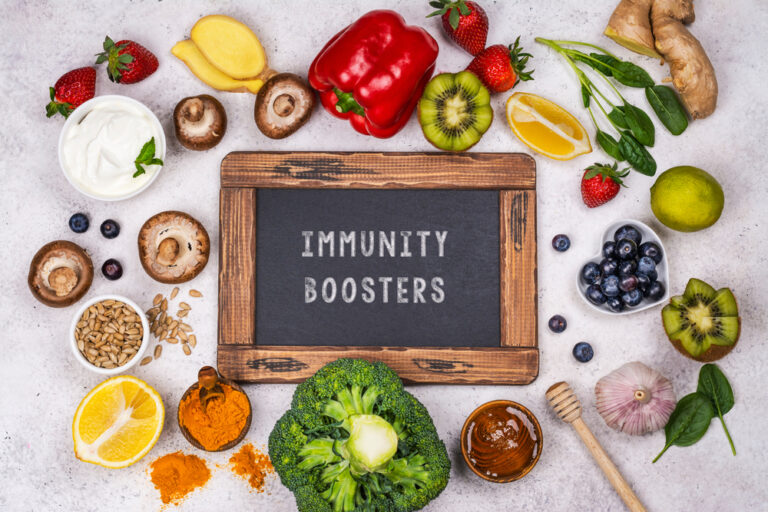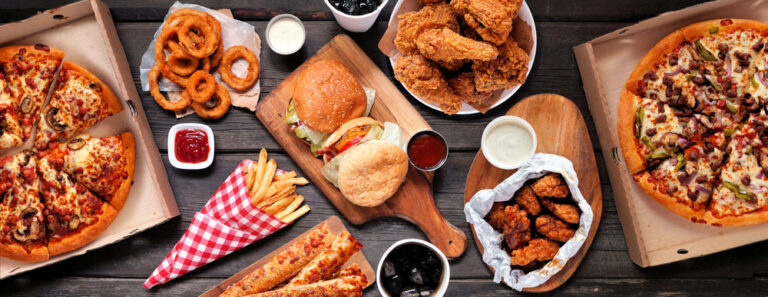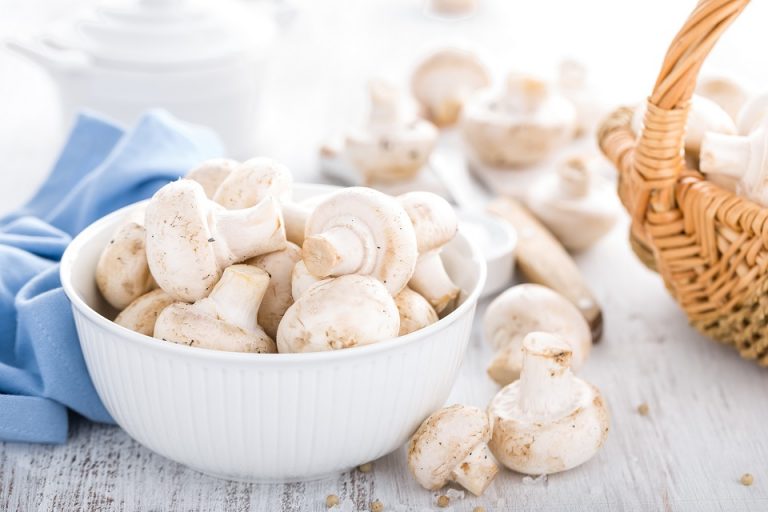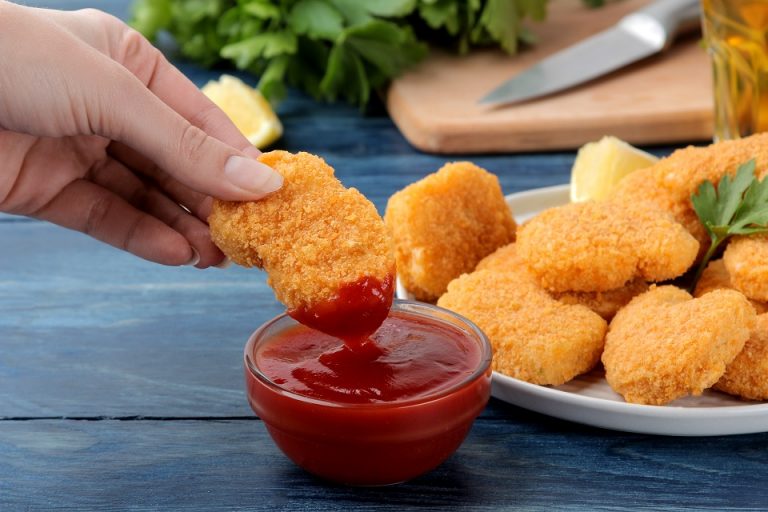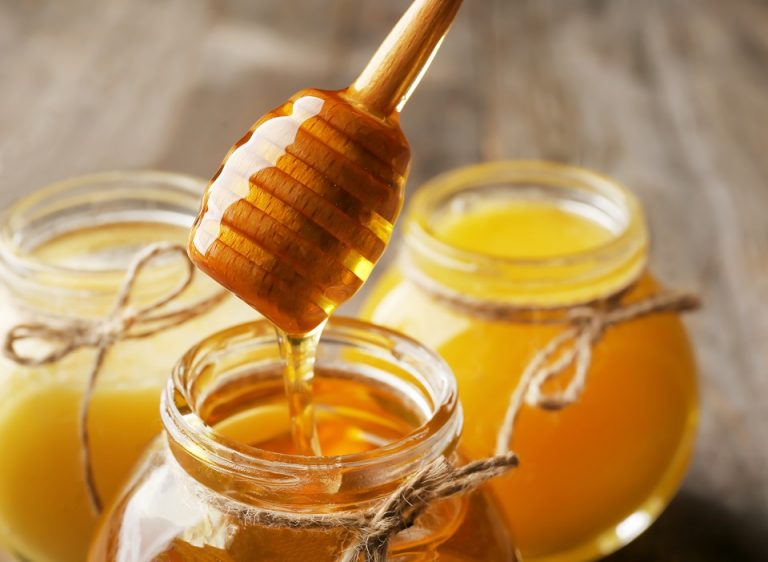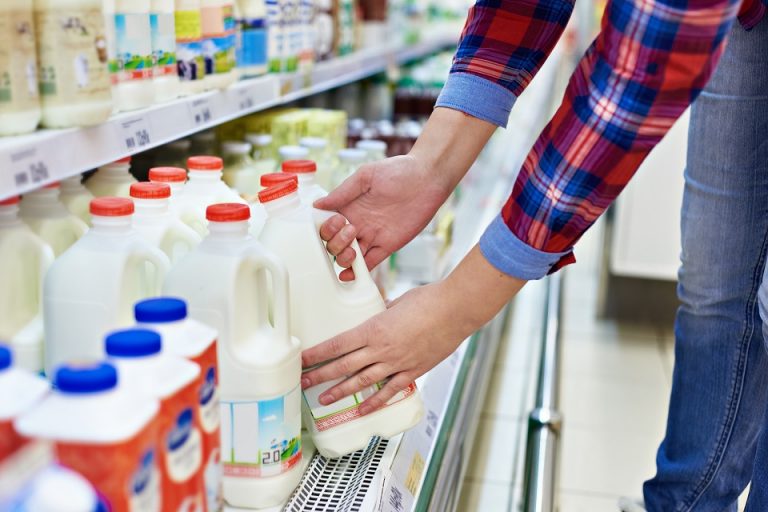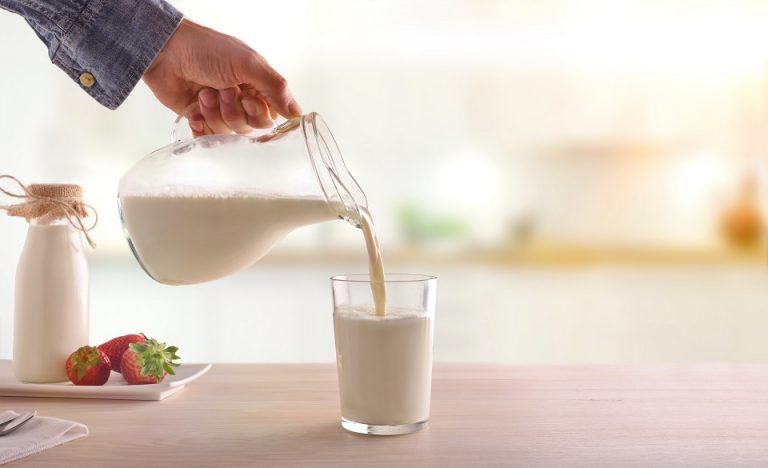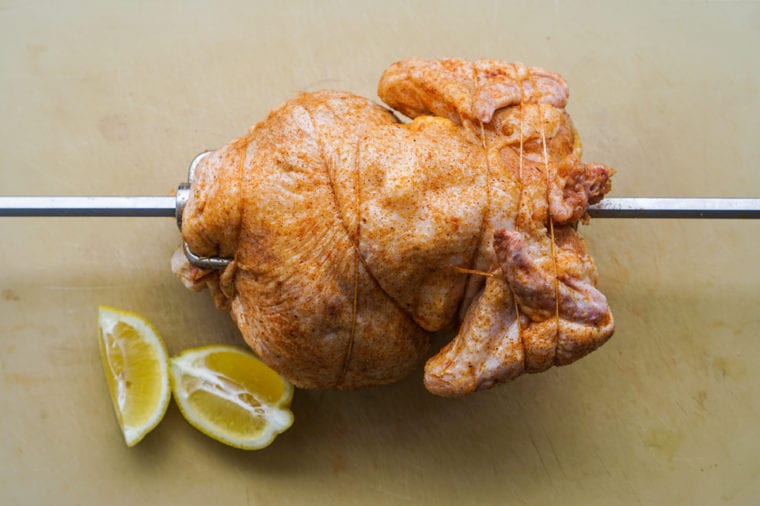
Rotisserie chicken
A piping-hot rotisserie chicken from the grocery store is a quick and tasty meal—just be sure to eat it while it’s still hot. If you leave it on the counter for a couple of hours, any bacteria on the bird could begin to flourish. (This is true if you roast your own chicken, as well.)
“You have to assume that the raw chicken and its juices are contaminated,” says Patricia Griffin, MD, chief of the U.S. Centers for Disease Control and Prevention’s Enteric Diseases Epidemiology Branch, and act accordingly.
How to avoid food poisoning: Bacteria can double every 20 minutes at room temperature; keep your food out of the danger zone—between 40 °F and 140 °F—until you’re ready to eat it. If you left the chicken on your counter for more than two hours, you’re best off throwing it out.
“Cut up the rotisserie chicken in pieces so they cool quickly to a safe temperature,” says Marianne H. Gravely, senior technical information specialist at the Food Safety and Inspection Service at the USDA.
If you’re cooking your own roasted chicken, don’t wash it—you’ll only spread germs. Instead, focus on cooking it to the right temperature. According to the USDA Meat and Poultry Roasting Chart, the bird should be cooked until the internal temperature is 165° F, which amounts to about 20 to 30 minutes per pound (with an additional 15 to 30 minutes if it’s stuffed) at 350° F.


